In this fifth ‘So You Wanna Be’ career series for kids, we have a marine biologist whose job helps mankind by protecting the environment. Learn more about how this profession benefits us all.
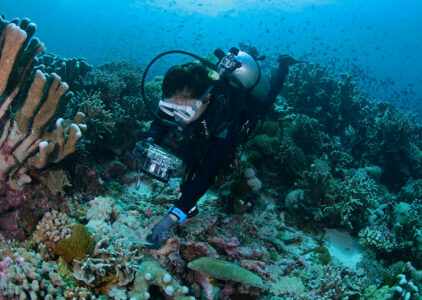
Photo of Sam underwater by Virgina Bria
Q: Can you introduce yourself and what you do for work?
A: Hi, my name is Sam and I am a marine biologist who restores coral reefs in Singapore and in Southeast Asia. I dive a lot in Singapore waters, documenting our very own reef line and specializing nursery structures, before transplanting them out to natural and artificial reefs. My team and I also study how corals respond to the impacts of coastal development and climate change.
We perform experiments of transplanting underwater nursery structures to natural and artificial reefs, in the hope to provide guidelines and best practices for a highly organized marine environment in Singapore.
Day in the Life of a Marine Biologist
Q: What are the usual activities you have as a marine biologist?
A: For most of the projects, we go diving to check the corals that we planted — are they growing and doing well. We take a lot of photos of them whenever we dive. We also see which marine animals use the coral. That’s something fun that we do — hanging around the coral reef and taking videos of marine animals like fish, slugs, or even turtles.
We have discussions on how we can improve coral restoration strategy by coming out with different structures, methods, and even trying to include the public to be involved in some of our projects. We try to break down information into something fun so people can understand more about the marine environment.
Most of the time, we also bring photos along to try to identify different types of corals, analyse the data, and how they grow over time.
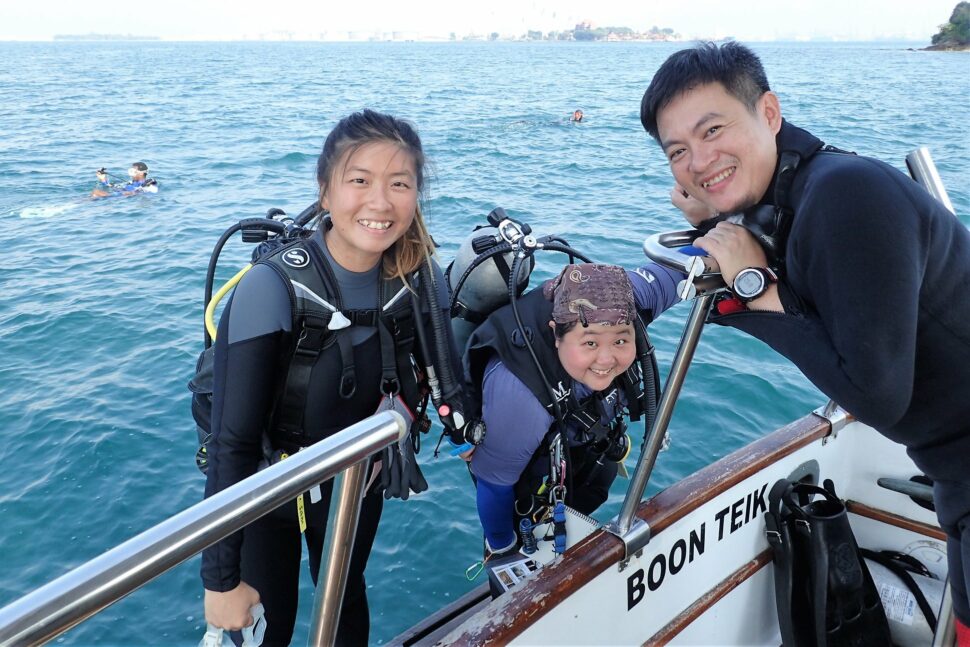
Photo of Sam and her team
Q: What is your objective in doing this work?
A: Coral reefs are declining in their population due to threats such as climate change and human impact. What we are trying to do is grow corals and quickly re-establish coral covers so a lot of the marine animals can actually come back, stay, and find food. We can see how the whole coral ecosystem can support the marine environment.
When you are diving, you can see certain impacts like pollution, plastic bags, marine debris, breaking the corals and they are really fragile. Also because of climate change, the rise of sea temperature actually stresses out the corals and this might impact their growth. When we lose all these corals, some of the marine animals will lose their home as well. Our objective in our work is to grow corals quickly and try to help them grow even faster in natural places or even create new homes for them.
Hardships in Taking Care of Corals
Q: Are there any difficulties with the work that you do?
A: I spend a lot of time underwater monitoring coral reefs and it is really heartbreaking to witness first-hand the impacts of marine debris. Marine debris, no matter how big or small, can damage the environment. All these plastic bags and canvas sheets covering these corals affect their growth as they need a good amount of sunlight to grow. These can also be difficult to remove as corals are very fragile and might even take a longer time for it to recover. When these corals are destroyed, all of these marine animals will lose their home.
Growing corals, taking care of them, and making sure they grow really fast, is really a race against time. We conduct regular and long time monitoring of the coral reefs to track the changes of environmental conditions. However, we noticed the impacts of climate change like the rise of sea level temperature, incidents like storms happening in short frequency, or stronger in intensity. At this point, corals will have a slow growing rate and they may not recover fast enough before the next event that can potentially destroy them.
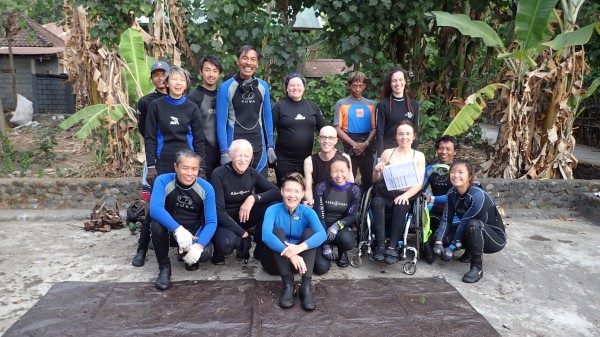
Photo of Sam and her team
Advocacy for the Deep-sea
Q: In your own perspective, why are corals so important for us?
A: Coral reefs protect coastlines from storms and erosion, provide jobs for local communities, and offer opportunities for recreation. They are also a source of food and new medicines. Coral reefs are also home to lots of marine animals and offer protection and food.
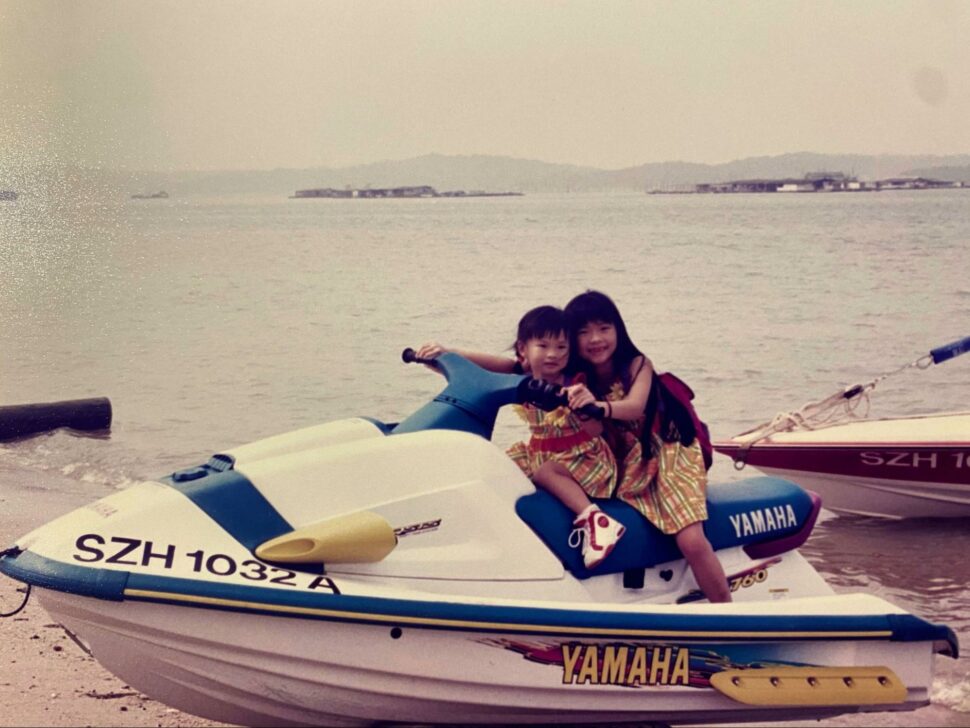
Photo of Sam and her sister
Love at First Sea
Q: Tell us a story about how you started to take interest in marine biology.
A: Growing up, I was attracted to the sea and I would often request my parents to bring me to the beach during family outings. I also watched a lot of documentaries from National Geographic to Discovery Channel. Watching the documentaries helped me realize that I can get up close to marine animals through scuba diving. After I got my diving license, I was set to explore parts of the underwater world.
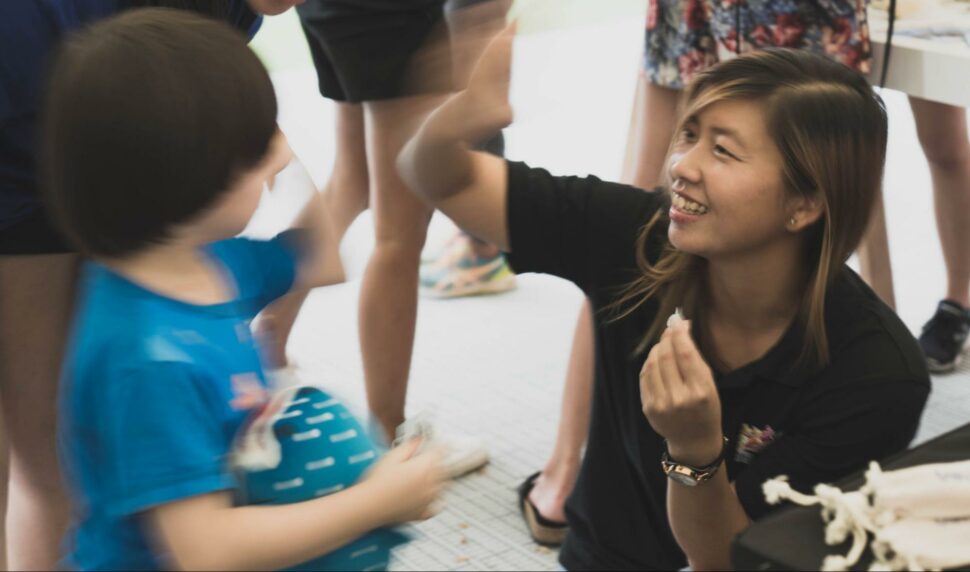
Photo of Sam as a guide
Journey of Studying Life Underwater
Q: Can you tell us about your educational background and experiences that led to your dream job?
A: I studied Biology and Chemistry in junior college. Unfortunately in Singapore, we don’t have any degree for Marine Science so I took Biological Sciences in my university. During my free time, I read and watched a lot of documentaries about marine sciences to learn as much as I could.
I got a part-time job at the Underwater World as a guide to share information about marine life and the environment. My stint at Underwater world provided me the opportunity to meet people in this field. They shared their experiences and that’s where I learned and eventually got into my role.
In my final year at the university, I got the opportunity to spend two weeks chasing and studying great white sharks in South Africa. Seeing how cool these marine biologists can be, they spend all the time in the sea so up close and personal with these marine animals, I knew I also had to be one.
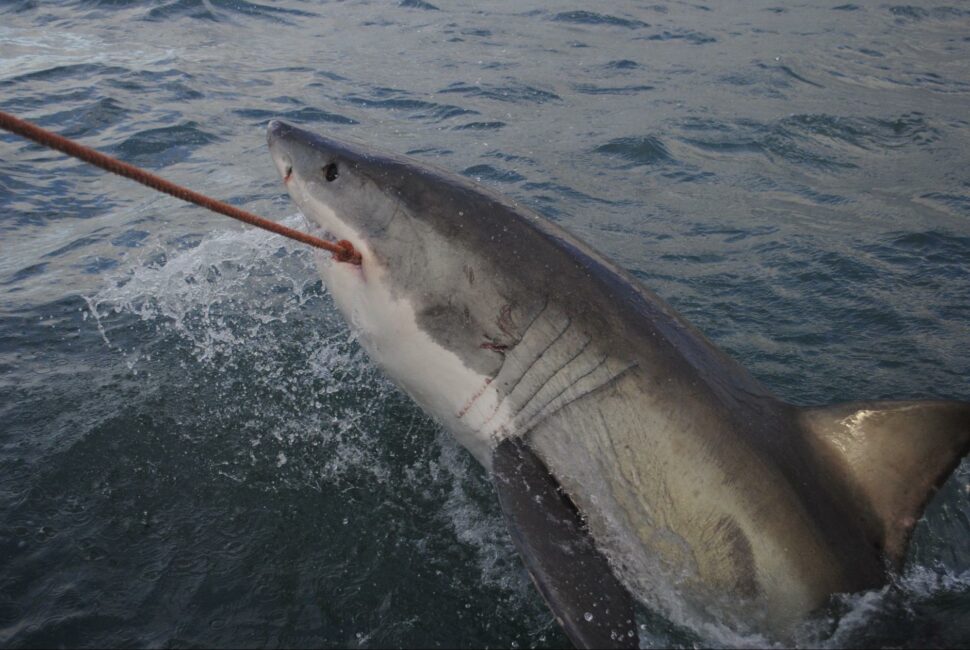
Photo of the great white shark by Sam
A Deep Dive in this Line of Work
Q: Can you share with us some of the challenges that you faced in this career and how did you overcome them?
A: One challenge that I had is that I did not learn about marine biology in school. It took me quite a while to learn about corals as there are hundreds of species, and to recognize them underwater while doing your survey, is quite challenging. A lot of this knowledge was gained through experience. Also, having a team was great because they really help you to horne that skill.
When I got this job and had to dive a lot, my parents were worried. All the stories about sharks and crocodiles getting you injured, made them scared. It took a lot of time to convince them that what I was doing is safe. By showing them photographs and videos of marine life, it helped them understand and appreciate the work that I do.
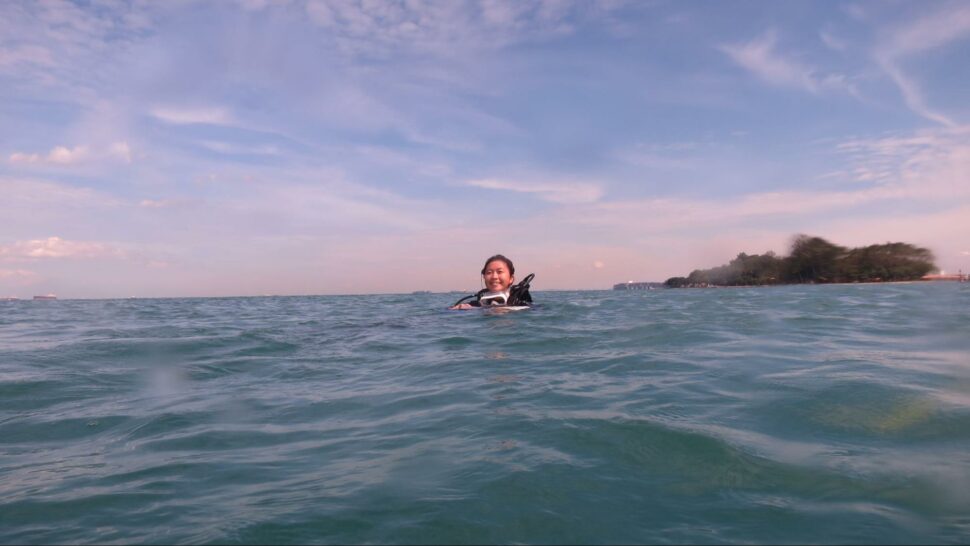
Photo of Sam in the sea
Wave of Advice
Q: For our aspiring young learners who want to pursue marine biology, can you share some tips that might help them in their journey?
A: Go out with your friends and your family to explore our natural spaces as you can learn a lot about the environment through these excursions. Check out reliable sources online and learn knowledge about the marine environment and its species, what they are, and what are the special things about them. You can share this knowledge with your family and friends too.
It is also good to be involved. Reach out to initiatives or organisations that connect with your interest and you can volunteer with them and learn a lot first-hand.
For young aspiring marine biologists, if you can, learn how to dive so you can spend more time up close and personal with these marine animals. This is where you can notice their behaviour and see for yourself, how beautiful they are. It can be very helpful to grow your career. It is also a skill a lot of scientists look out for, so they can actually spend more time monitoring marine animals and the marine environment.
You can also try marine science related internships. Marine biologists are not just about studying corals; there are people working on dolphins, algae, giant clams, and even mangroves. It is something that can help you to figure out what you would like to do in future, and also what your field of interest is, in this industry. These internships are really good opportunities for you to meet people in this field and for you to learn the skills required.
WERE YOU INSPIRED BY HER STORY?
If you did, kindly like and share this article.
Start your foundation early and help build your child’s interest in occupations like a marine biologist. We have science courses for all levels. Check them below here:
https://www.learner.net/courses/science-subject_courses
https://www.learner.net/courses/chemistry-subject_courses
https://www.learner.net/courses/physics-subject_courses
We’ve got many other inspiring stories. Check them out below.
Career Series for Kids: So You Wanna Be An Animation Designer
Career Series for Kids: So You Wanna Be A Cabin Crew
Career Series for Kids: So You Wanna Be An Automotive Engineer
Career Series for Kids: So You Wanna Be A Mountaineer
Don’t forget to like and follow us on your favourite social: Facebook, Instagram, and Tiktok.

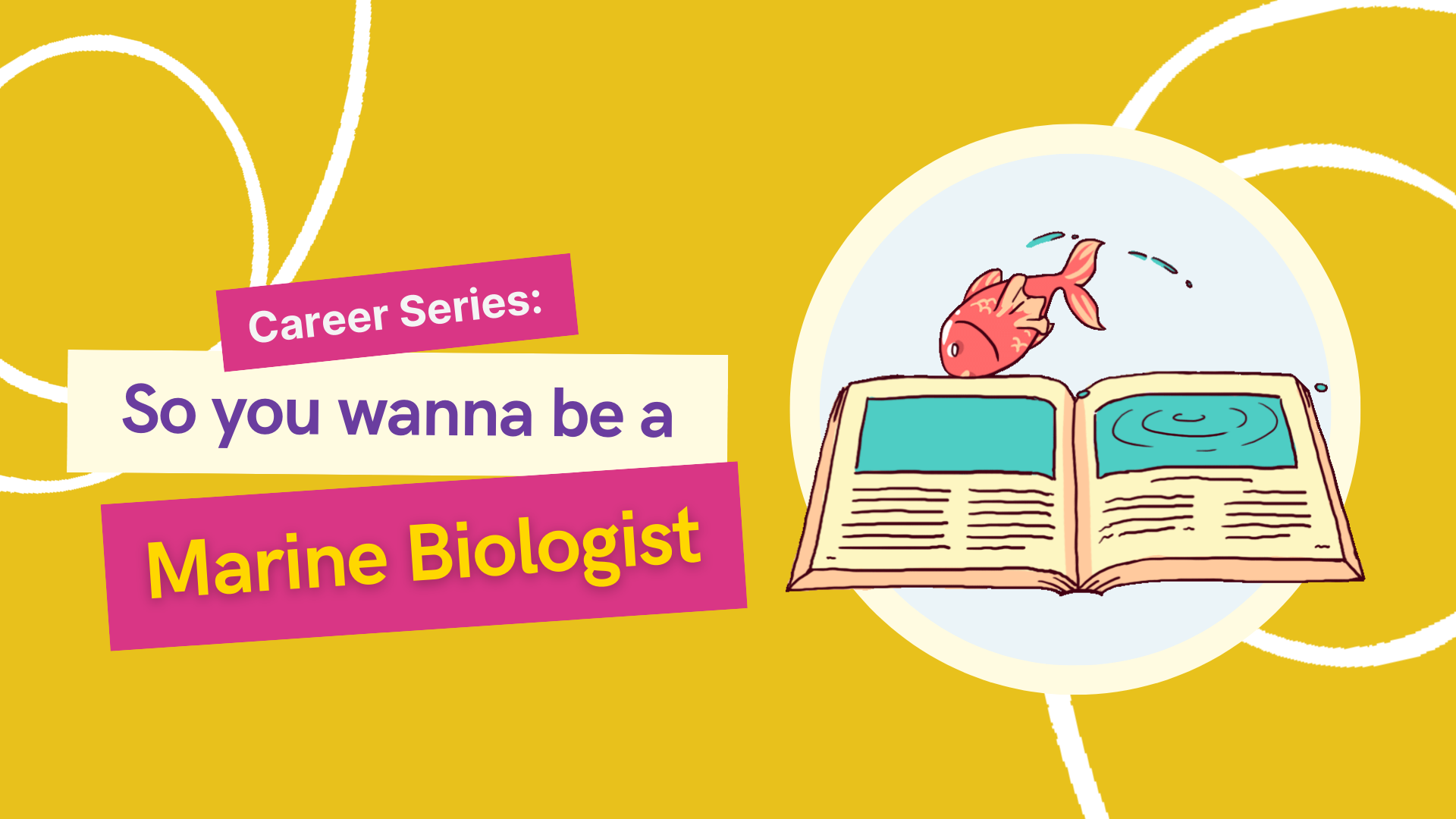
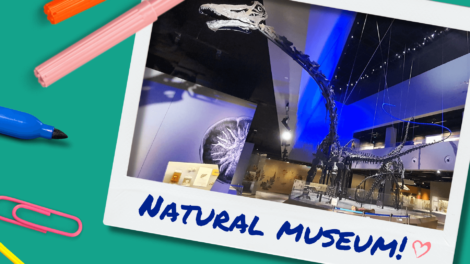



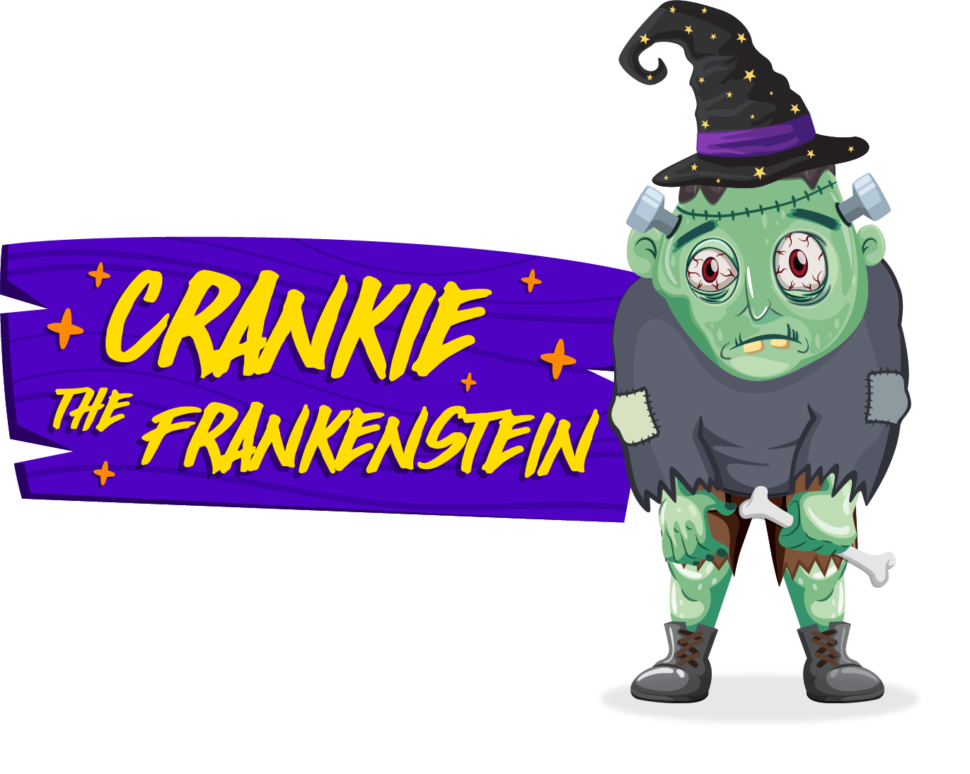
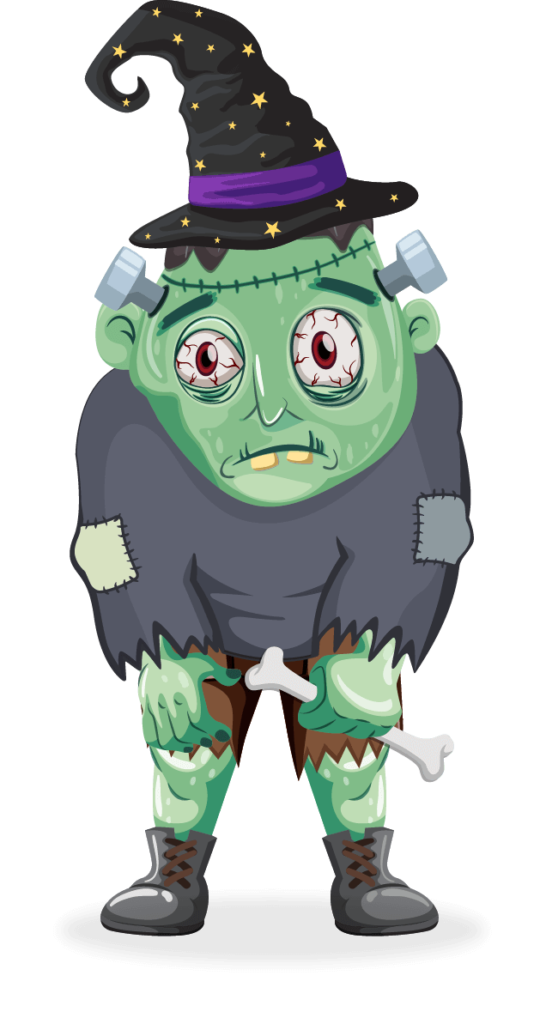
There are no reviews yet.